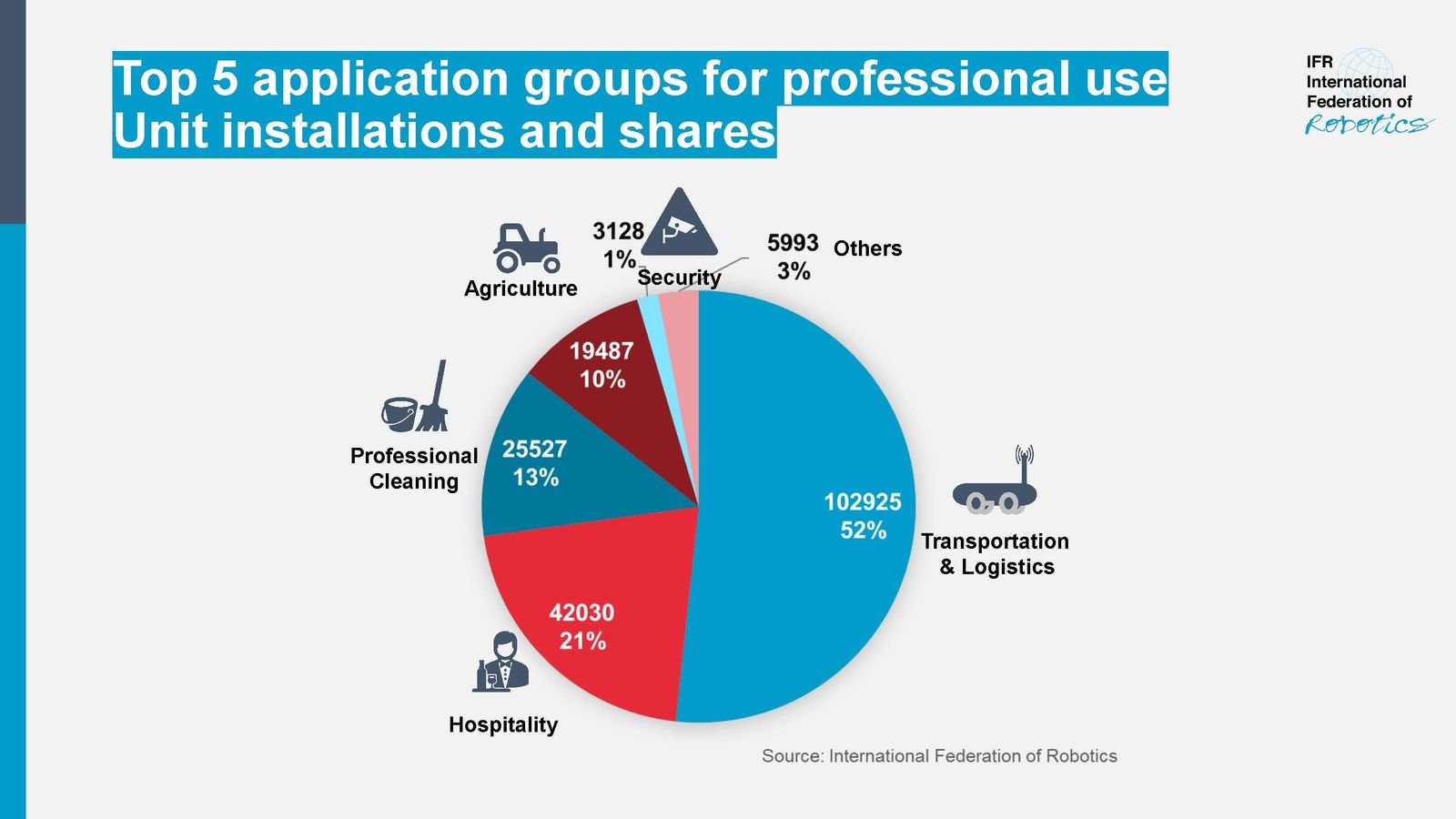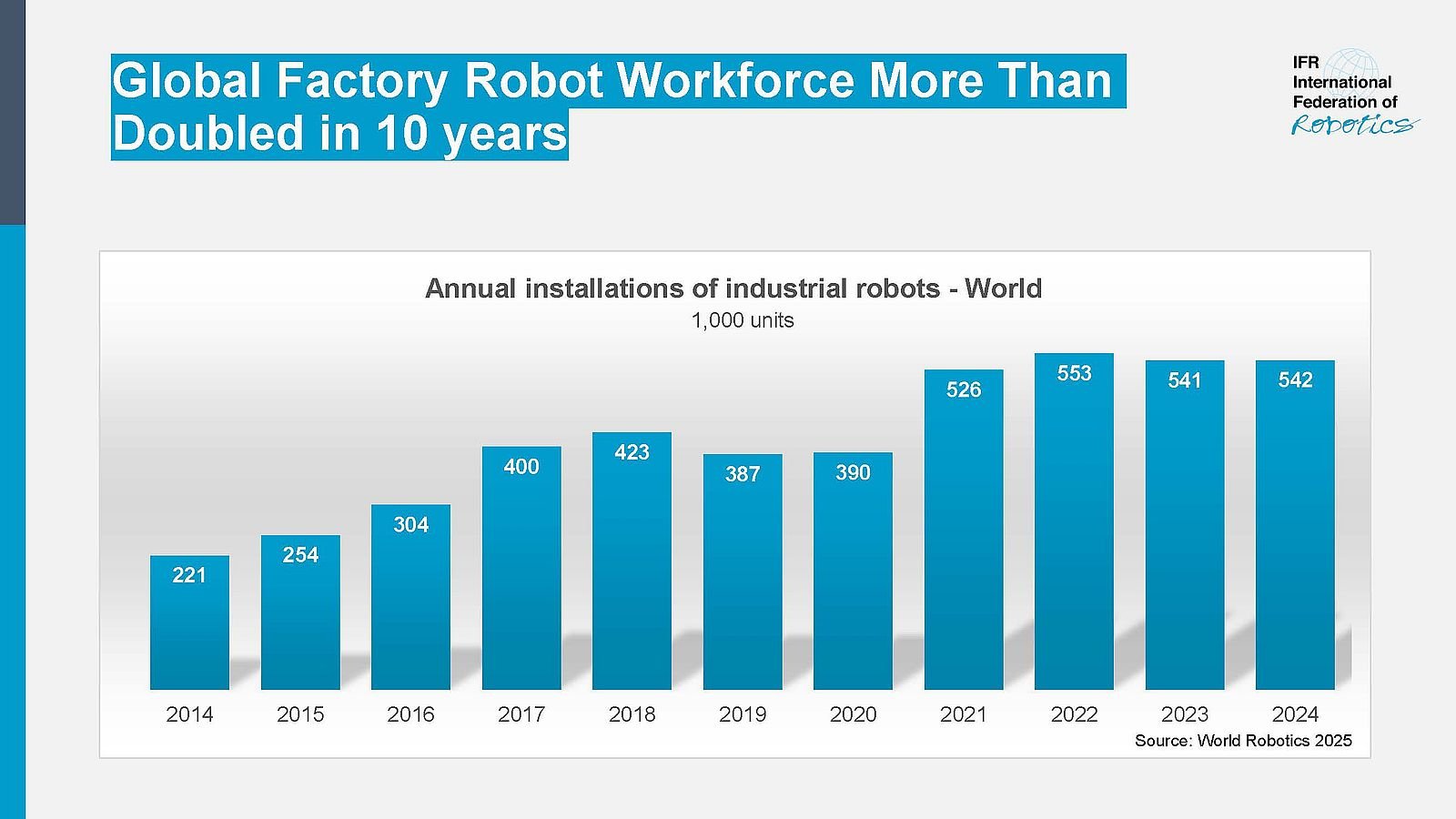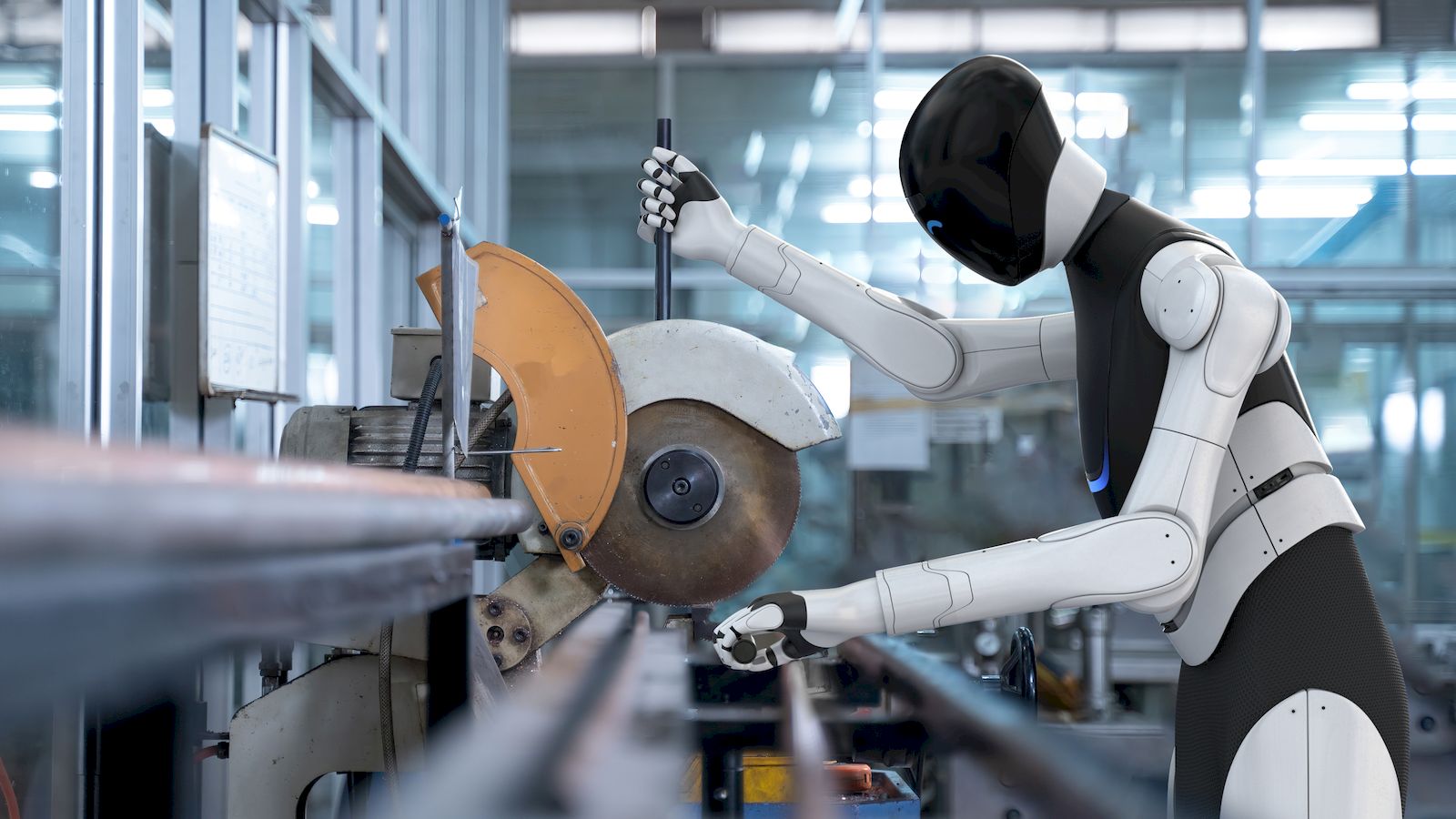
Nominate a “Women Shaping the Future of Robotics in 2026”
Call for "IFR's Women in Robotics" is now open

IFR decided to give women in robotics more visibility and acknowledgment. This should inspire girls and young women to pursue a career in STEM subjects or robotics and will also help companies to reach gender equality and overcome shortage of staff.
IFR would like to highlight and honor Women in Robotics - in particular women in the robotics industry - and give them more visibility.
We will select a list of 10 women to officially award as “IFR's Women in Robotics: 10 Women Shaping the Future of Robotics” in 2026.
We are looking for women that fullfill at least one of the following criteria (eligibility criteria):
- proven track record in robotics
- stand out as industry leader
- proven activity in encouraging young people to go into STEM
- somehow support females in robotics.
Deadline for submission is January 15st, 2026.
Submit your candidate now!
How to submit a suggestion
Fill out form
You will be ask to provide her full name, affiliation, country, contact details and a photo as well as a short bio and description of what makes her noteworthy or particular with respect to our described scope
Our selection criteria:
- The suggested women needs to be active in the robotics industry
- We will select at least one per continent,
- but a maximum of one woman per company,
- consider different company sizes (large, medium, small)
- consider different company scope (Robot supplier IR, SR, component supplier, integrator) and
- consider different levels of hierarchy (C-level, intermediate, lower level)
- Proven track record in robotics / stand out as industry leader
- Proven activity in encouraging young people to go into STEM or that somehow support females in robotics
Publication of results will be on International Women's Day - March 8th, 2025.
Submit your candidate now!
Find out more about past Women in Robotics by IFR.
Learn more on why gender balance is beneficial for economies





